EPA Will Reconsider the Ozone NAAQS — What Is An Adequate Margin of Safety, Anyway?
Law and Environment
NOVEMBER 1, 2021
On Friday, EPA announced that it was reconsidering its 2020 decision to leave the National Ambient Air Quality Standards for ozone unchanged. However, EPA stated that it: will reconsider the decision to retain the ozone NAAQS in a manner that adheres to rigorous standards of scientific integrity.





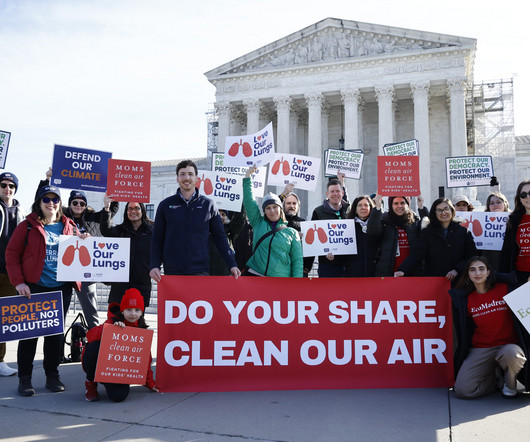



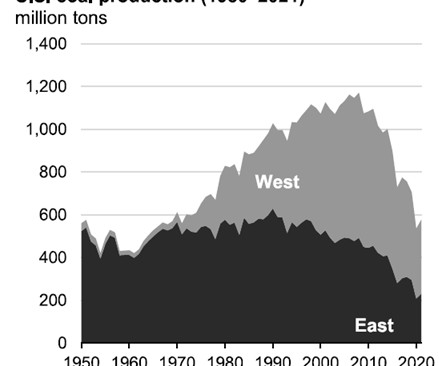

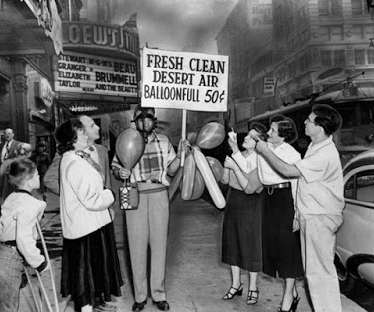
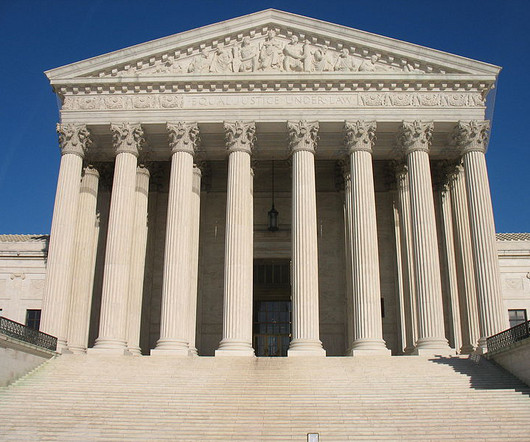
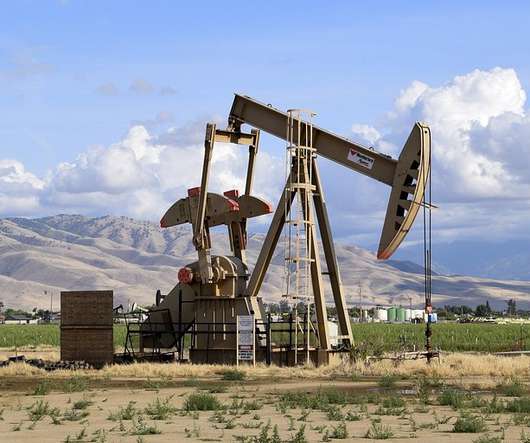

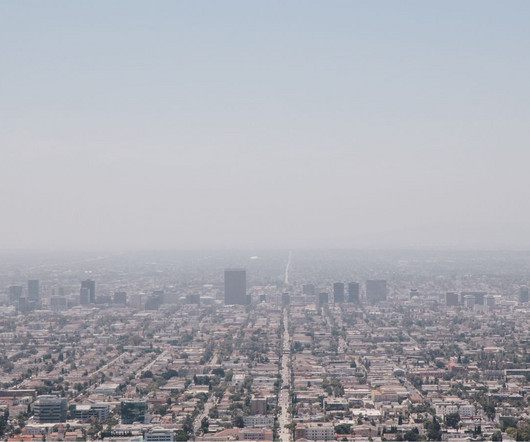



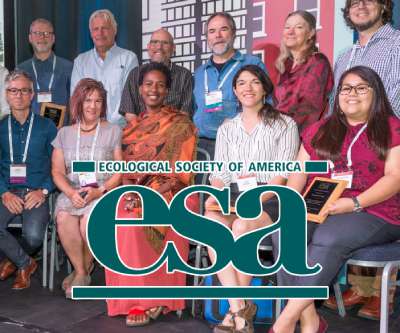
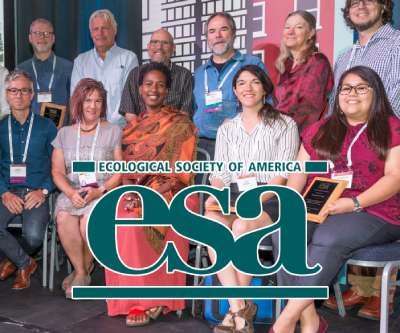






Let's personalize your content